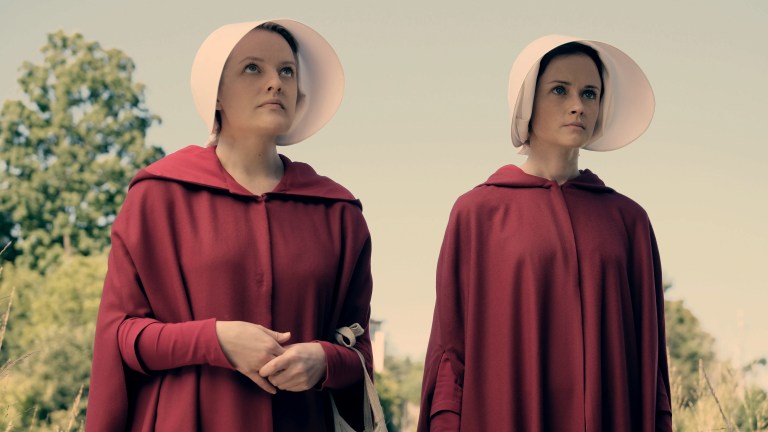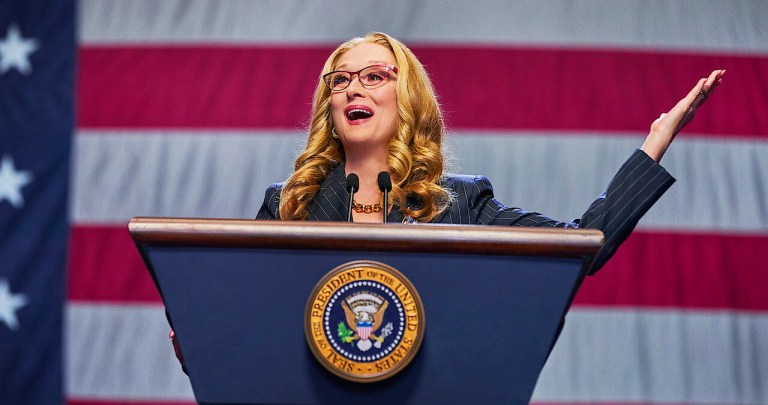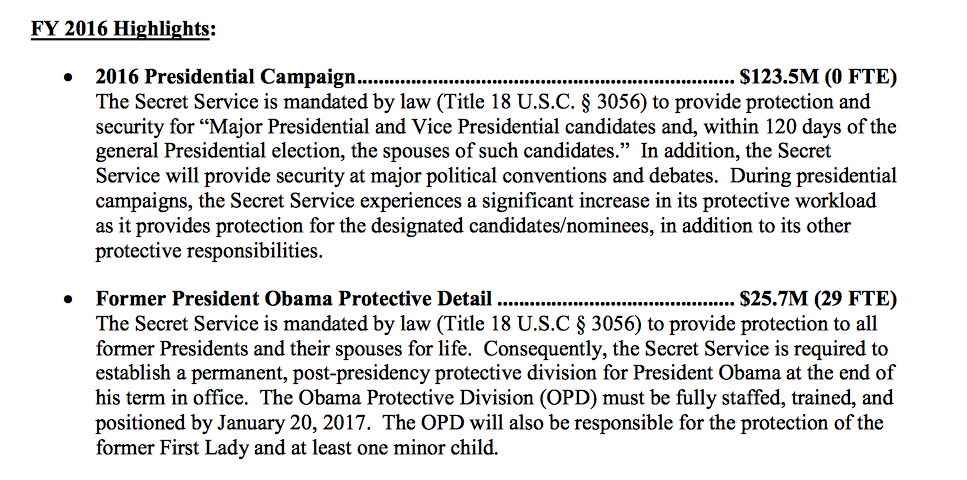
Here’s What You Need To Understand About Melania Trump’s Decision To Not Move To The White House
Let's break down the future First Lady's controversial decision, and talk about what we really need to consider.

In the early hours of the morning of November 20th, the New York Post reported the President-Elect Donald J. Trump’s wife and son, Melania and Barron Trump, were not going to be moving to the White House in January 2017 after he is sworn into office. Melania cited not wanting to disrupt Barron’s day-to-day life with such an abrupt move, including wanting to keep the 10-year-old enrolled at the Columbia Grammar and Preparatory School in Manhattan. Melania considers Barron and his well being “her first priority.” The report indicated that after the school year Melania and Barron could consider moving to 1600 Pennsylvania Ave, but that currently there are “no plans in place.”
President of TigerSwan, Jim Reese, a security company based in North Carolina, reported that Trump Tower, the Midtown skyscraper where the family currently resides, will become the “White House of New York.” Security measures will have to be put in place not only surrounding Barron and Melania in New York, but also in the 58-story mixed-use building that not only houses the family penthouse, but also businesses including CONCACAF and Gucci, and residences for people such as Bruce Willis and Cristinano Ronaldo.
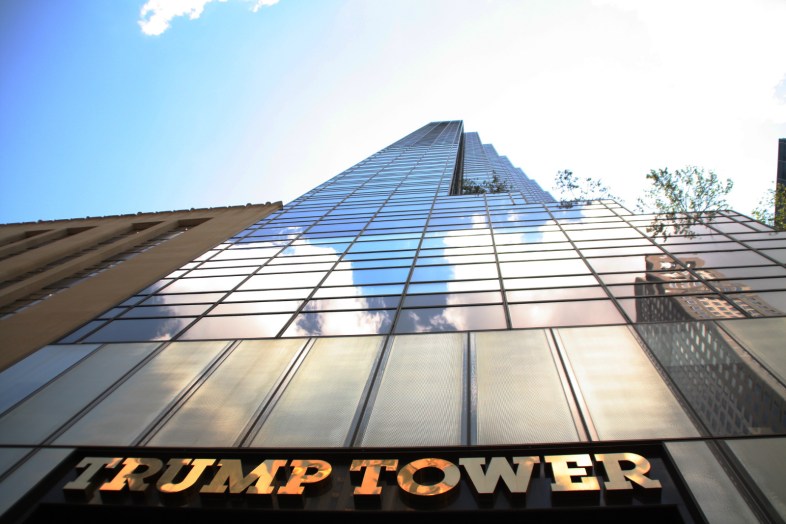
Unsurprisingly, social media has a few opinions about this announcement.
https://twitter.com/MattMurph24/status/800402131656339457
https://twitter.com/BettyBowers/status/800391868748009472
https://twitter.com/jeremynewberger/status/800366688248049665
https://twitter.com/annehelen/status/800361387059019776
https://twitter.com/jilltwiss/status/800377297249312768
https://twitter.com/pink_lady56/status/800355582427406336
https://twitter.com/SinsOTW/status/800353646110195712
But what does this actually mean for at least the first portion of Trump’s four years in office?
To understand the White House, and the reasoning behind it being the staple residence of the President of the United States, first let’s talk a bit the history of the White House, the history of the Secret Service and other presidential residencies such as Blair House and Camp David.
The White House, located at 1600 Pennsylvania Avenue in Washington, DC, is the primary residence and main work space for the President of the United States and his administration. Initial designs and plans for the White House began in 1792, but since construction was completed in 1800, every president since John Adams (the 2nd POTUS) has lived in the White House during his time in office. The 55,000-square-foot structure sits on 18 acres, is home to the West Wing (which has the Oval Office and is where the president and his cabinet work out of), the East Wing (often referred to as the office of the First Lady), a bowling alley, tennis court, swimming pool, and a movie theater.
Aside from being an iconic staple of American history, the White House is arguably one of the safest places for a president and their family to be because of one thing: the Secret Service.
The United States Secret Service is a branch of federal law enforcement overseen by the Department of Homeland Security. They have two main jobs:
1. Covering and investigating financial crimes including instances of United States treasury securities, counterfeit currency, and instances of major fraud.
AND
2. Protecting national leaders such as the current president, past presidents, vice presidents, presidential candidates, visiting heads of state, and foreign embassies, and the families of said individuals.
After President William McKinley was assassinated by anarchist Leon Czolgosz in 1901, Congress directed the order for the Secret Service to act as official protection to the POTUS.
Individuals are allowed to opt out of Secret Service protection aside from the president, vice president, the president-elect and vice president-elect.
So, with all of that being said, are the president and his family required to live in the White House?
Short answer is: No.
The president is required to have Secret Service detailing (overriding said protection would require an executive order) but the actual location of where the president chooses to live (or where his family chooses to live) is not a constitutional requirement. President Ronald Reagan spent quite a bit of time during his eight years in office at his ranch in Santa Barbara, as well as at Camp David.
But here’s what to consider about official residencies of presidents and, subsequently, their families.
Places such as the White House, Blair House, and Camp David are designed to be safe and secure locations for arguably the most powerful person in the nation and their families. A 2009 report stated that President Barack Obama received roughly 30 death threats per day, and official residencies are set up specifically to handle and manage the protection of the POTUS from threats exactly as such.
Trump Tower, simply put, is not that kind of residence. As mentioned above, it’s not even JUST a residence for the Trump family. It’s home to other occupied apartments, businesses, restaurants, bars, even a community garden. The idea of securing a location like that in New York City, a city that has already been the target and victim of devastatingly catastrophic terrorist attacks, seems incredibly difficult and nearly impossible.
So while it’s not a requirement per se, it seems like the logical and safest choice to be in the White House rather than in NYC.
But isn’t the White House a tourist attraction too?
Sure! But the two buildings are actually fundamentally different when you really consider some basic specs.
Is the White House a publicly accessible building? Yes, absolutely. The White House reportedly receives around 100,000 visitors per month. But again, the House and Secret Service are designed to accommodate said amount of visitors. In 1995 as a response to the Oklahoma City Bombing, the Secret Service actually close Pennsylvania Avenue to vehicular traffic in order to increase security. After the September 11th attacks, this closure was made permanent.
Trump Tower is located on 5th Avenue in Manhattan. To put it into perspective, 100,000 people are estimated to use streets like the 6.2 mile staple of Midtown per day. Not only is 5th Avenue an iconic tourist spot (even home to the 5th most photographed building in New York, the Apple Store) but it’s instrumental to New York traffic. Closing, even securing a street like that, seems like an insurmountable task.
What does something like the Secret Service detailing a family cost?
When thinking about things like security and, especially, the Secret Service, it’s imperative to keep one specific thing in mind:
Secret Service funding is composed of taxpayer dollars.
Take a look at the 2016 Fiscal Budget from the Department of Homeland Security.
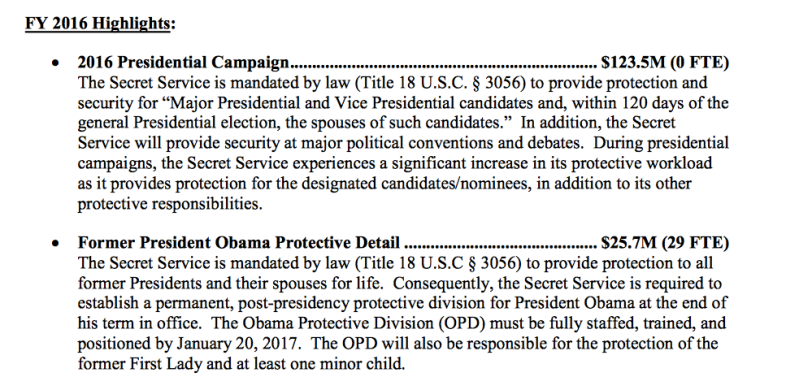
That’s almost 26 million dollars for a president that DID take up residence in a property designed to protect him and his family, and remain in one location consistently — not jumping back and forth between New York and D.C. like Melania proposed.
The Secret Service and the candidates that utilize them have already come under public scrutiny for incredibly high costs that come from protecting people daily. Further increased costs to this that will impact the American people are not only something that should absolutely be considered and questioned, but seemingly contradict Donald Trump’s promise to actually lower taxes.
But what about those “family values” the Republican party is known for?
People applauding Melania’s choice are saying that she’s making the best choice as a mother, that she has her “priorities” in line. While it’s not an official platform, prioritizing family and honoring traditions are often seen as an instrumental part of the Republican core values. So on one hand, prioritizing a child’s well-being could be seen as enacting that without question. But on the other, being the first family in over 200 years to not live in the White House seems like a contradiction to the “values” they seemingly prioritize as Republicans.
No matter what you think about the values and tradition of it all, and as obviously important as motherhood is, being the First Lady of the United States is a full-time job. Being the FLOTUS is an incredibly visible, highly prominent responsibility that needs to be taken equally as seriously. And it’s a job and responsibility that is instrumental to Washington D.C. — not New York City.
At the base level, it feels like the justification for such a decision has yet to be properly explained, and it’s a justification that needs to be made.
No matter where you stand, it will certainly be interesting to see how Melania Trump handles the next few months and the first portion of 2017.
We’ll definitely all be watching. ![]()
